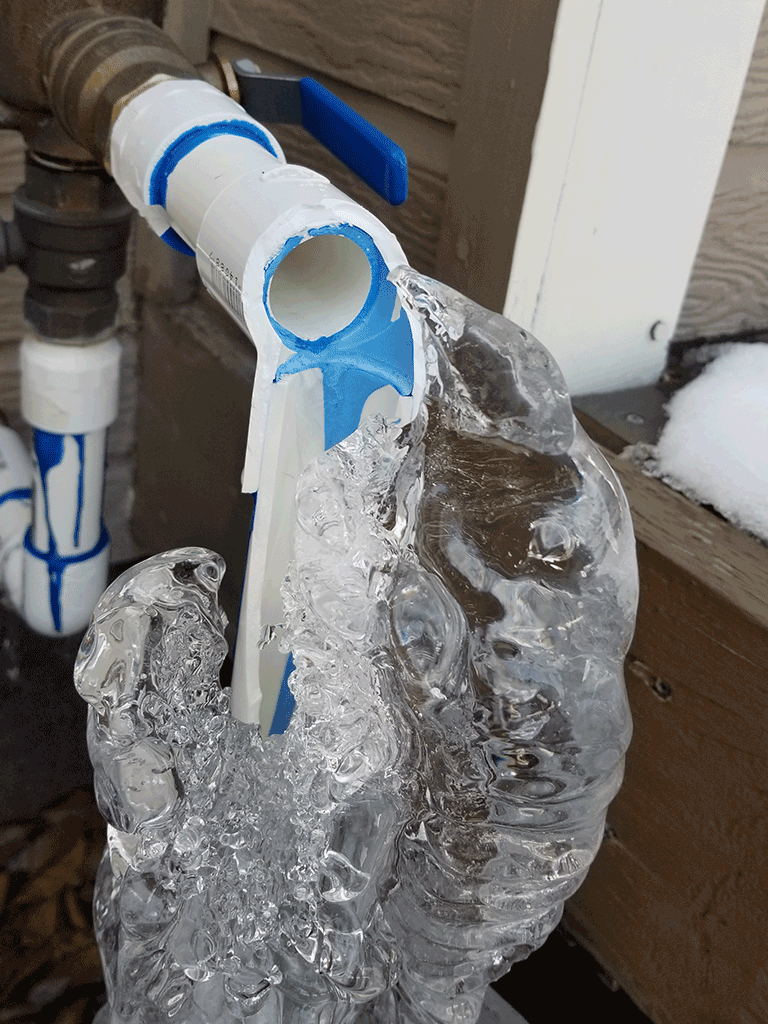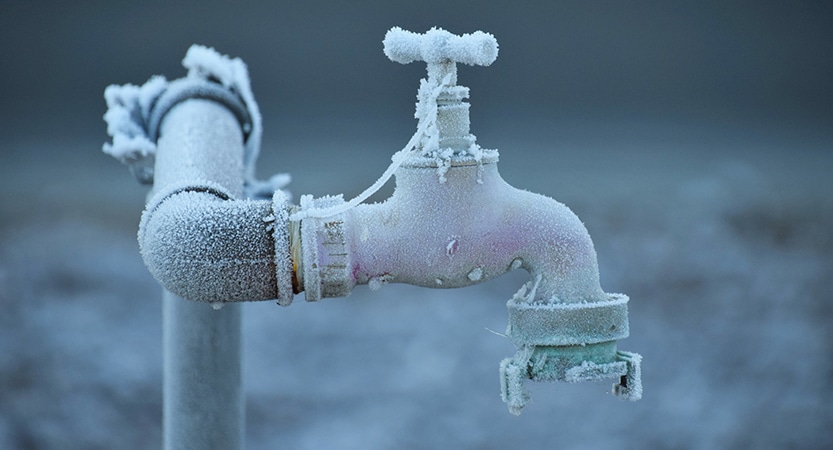Protecting Your Pipes from Freezing: Top Tips
Protecting Your Pipes from Freezing: Top Tips
Blog Article
They are making a number of good points on How to prepare your home plumbing for winter weather overall in the article in the next paragraphs.

Winter can ruin your plumbing, specifically by freezing pipes. Here's how to prevent it from taking place and what to do if it does.
Intro
As temperatures drop, the danger of icy pipelines boosts, potentially causing costly repair work and water damages. Understanding exactly how to prevent icy pipes is important for house owners in cool climates.
Prevention Tips
Shielding prone pipelines
Cover pipes in insulation sleeves or make use of warmth tape to secure them from freezing temperature levels. Concentrate on pipes in unheated or external locations of the home.
Heating methods
Keep indoor spaces effectively heated, especially locations with plumbing. Open up closet doors to enable warm air to flow around pipes under sinks.
How to recognize icy pipelines
Look for reduced water circulation from taps, uncommon smells or sounds from pipelines, and visible frost on revealed pipelines.
Long-Term Solutions
Structural changes
Consider rerouting pipes far from exterior walls or unheated areas. Add additional insulation to attics, cellars, and crawl spaces.
Upgrading insulation
Buy top quality insulation for pipelines, attic rooms, and walls. Proper insulation assists preserve regular temperatures and minimizes the threat of frozen pipes.
Safeguarding Outdoor Pipes
Yard pipes and outside faucets
Disconnect and drain pipes yard tubes before wintertime. Mount frost-proof faucets or cover outdoor faucets with protected caps.
Recognizing Frozen Pipelines
What triggers pipelines to freeze?
Pipes freeze when revealed to temperatures listed below 32 ° F (0 ° C) for expanded periods. As water inside the pipelines ices up, it expands, taxing the pipeline wall surfaces and potentially creating them to break.
Dangers and problems
Frozen pipelines can result in water supply interruptions, home damages, and expensive fixings. Burst pipelines can flooding homes and trigger substantial architectural damage.
Indicators of Frozen Water Lines
Determining frozen pipes early can stop them from rupturing.
What to Do If Your Pipes Freeze
Immediate activities to take
If you think frozen pipes, maintain faucets open to relieve pressure as the ice thaws. Utilize a hairdryer or towels soaked in hot water to thaw pipes gradually.
Final thought
Protecting against frozen pipelines requires positive actions and fast actions. By understanding the causes, indicators, and safety nets, house owners can secure their pipes during cold weather.
5 Ways to Prevent Frozen Pipes
Drain Outdoor Faucets and Disconnect Hoses
First, close the shut-off valve that controls the flow of water in the pipe to your outdoor faucet. Then, head outside to disconnect and drain your hose and open the outdoor faucet to allow the water to completely drain out of the line. Turn off the faucet when done. Finally, head back to the shut-off valve and drain the remaining water inside the pipe into a bucket or container. Additionally, if you have a home irrigation system, you should consider hiring an expert to clear the system of water each year.
Insulate Pipes
One of the best and most cost-effective methods for preventing frozen water pipes is to wrap your pipes with insulation. This is especially important for areas in your home that aren’t exposed to heat, such as an attic. We suggest using foam sleeves, which can typically be found at your local hardware store.
Keep Heat Running at 65
Your pipes are located inside your walls, and the temperature there is much colder than the rest of the house. To prevent your pipes from freezing, The Insurance Information Institute suggests that you keep your home heated to at least 65 degrees, even when traveling. You may want to invest in smart devices that can keep an eye on the temperature in your home while you’re away.
Leave Water Dripping
Moving water — even a small trickle — can prevent ice from forming inside your pipes. When freezing temps are imminent, start a drip of water from all faucets that serve exposed pipes. Leaving a few faucets running will also help relieve pressure inside the pipes and help prevent a rupture if the water inside freezes.
Open Cupboard Doors
Warm your kitchen and bathroom pipes by opening cupboards and vanities. You should also leave your interior doors ajar to help warm air circulate evenly throughout your home.

Do you appreciate reading about Prevent Frozen Pipes ? Leave a comment directly below. We'd be glad to see your responses about this write up. We hope to see you back again before long. Do you know about someone else who is interested by the niche? Do not hesitate to share it. Thanks a bunch for your time. Please come visit our blog back soon.
Book Your Appointment Report this page